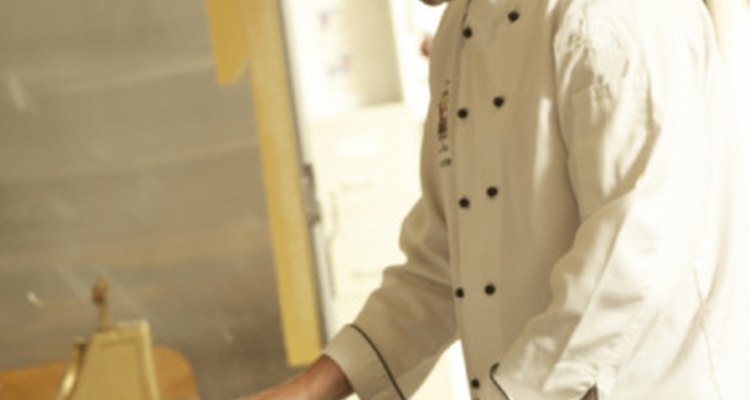
Most people outside the restaurant industry have a very clear idea of how a chef normally dresses. There is a tall white hat, usually with several pleats in it. The kerchief around the neck is optional, but the black pants and white jacket are what customers have come to expect. In reality, standards have changed and black chef jackets are now common.
About the Chef's Jacket
The chef's jacket is an eminently pragmatic piece of workwear. The high collar protects each cook from hot splatters up to the neck, and the long sleeves do the same for the arms as far down as the wrist. The double-breasted design puts two layers of tough fabric between the cook's torso and any stains, scalds or burns that might be caused by a day in a busy kitchen. The fabric is usually a lightweight cotton or cotton blend that breathes, keeping the cook cool in the kitchen heat.
Escoffier's Influence
Like so many things in the professional kitchen, the chef's jacket was standardized in the 19th century under the influence of the legendary Georges-Auguste Escoffier, the greatest chef of his era. In his youth, Escoffier served in the Franco-Prussian war of 1871, and in later life, he applied what he'd learned in the army to the organization of the kitchen. He drew up what came to be called the "brigade system" of kitchen staffing, with specialized cooks for various jobs and a clear line of command. He also insisted on a standardized uniform for his cooks.
The White Chef's Jacket
Escoffier's predecessor Careme had actually standardized white jackets for his staff, decades earlier, but few followed his lead. By Escoffier's time, better stoves made it possible to raise the standard for kitchen cleanliness. Escoffier demanded the white tunic because it would not conceal dirt, and because the public associated white coats with skilled professionals such as doctors and scientists. Escoffier made it mandatory for his staff, and his influence prevailed throughout the industry.
The Black Chef's Jacket
In the day when cooks labored unseen in the bowels of giant kitchens, the white chef's jacket reigned supreme. Today, however, more and more cooks work in restaurants with open kitchens, where the staff is visible to customers. The chef himself can keep a clean jacket on hand for meeting customers, but the line cooks seldom have time for such niceties. Black jackets have come to be popular in recent years because they do not show soiling as badly as white jackets, making them a better choice when the cooks are visible.
Related Articles

Types of Chef Hats

How to Dress for Safety in the Kitchen

Uses for White Wine Vinegar
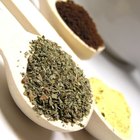
Famous Black Chefs of Louisiana
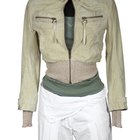
How to Remove a Stain From a White ...

How to Clean Suit Jackets

How to Dress Like Johnny Cash

How to Remove a Smoke Smell from a ...

How to Sew a Chef Coat

How to Get the Smell Out of an Oilskin ...

Men's Clothes & Styles in the 1920s & ...

How Do You Clean Barbour Jackets?

How to Make My Columbia Jacket Water ...
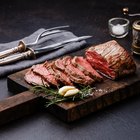
How to Cook Roast Beef in a Cast-Iron ...

What Is a Hibachi Restaurant?

What Is a CPO Jacket?
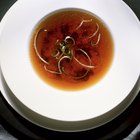
How Long Does It Takes to Cook Oxtails?
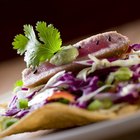
How to Cook Ahi Belly

What Is a Textile Motorcycle Jacket?

How to Become a Chef for Kids
References
- "On Cooking: A Textbook of Culinary Fundamentals"; Sarah R. Labensky et al.; 2003
- "Escoffier: The King of Chefs"; Kenneth James; 2002
Writer Bio
Fred Decker is a trained chef and certified food-safety trainer. Decker wrote for the Saint John, New Brunswick Telegraph-Journal, and has been published in Canada's Hospitality and Foodservice magazine. He's held positions selling computers, insurance and mutual funds, and was educated at Memorial University of Newfoundland and the Northern Alberta Institute of Technology.
Photo Credits
NA/Photos.com/Getty Images